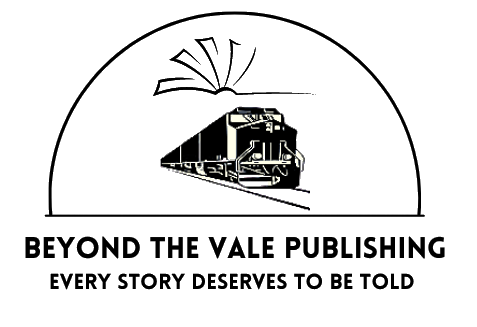Hi everyone,
My favourite part of self-publishing is the writing. Today I’m going to continue the theme of chapters, but first…
The weeks progress
I’m very excited with this weeks progress. A few “power-hours” have seen me move the word count to the sequel of “Am I really a secret alien spy?” up to 31,000. I’m just 2 chapters away from finishing draft 1. AND while I was writing, I have come up with some ideas for book 3 in the series. And also a few minor tweaks back to book 1.
The joint project stands at 25,000 words, it’s been a busy week of writing – my favourite kind.
This weeks topic – a little more about chapters
Let’s have a quick recap at my previous newsletters about chapters:
Chapters can really be any length. As a guide, for me, writing Middle Grade books, I keep the chapters between 1,200 and 2,000 words. Anywhere between 2,000 and 4,000 is fine.
Your first chapter needs to grab the attention of the reader. The first sentence, the hook, needs to make the reader want to read more. And end your first chapter on a cliff-hanger.
What about the rest of the chapters?
Chapters are the best way to structure your novel. They take your novel forward and dictate the pace.
Think of them as a way to entice the reader to read more, rather than as a break for them.
What else can you do to make a chapter enticing?
-
Scenes
A chapter is a series of scenes to move the story along. Work on the broad assumption that what you write must have a purpose to the broader story, whether it’s action, drama or just filling the reader in on the backstory.
The number of scenes in a chapter is entirely up to you, but I would work on 3 to 5 scenes.
-
Consider a point-of-view (POV) change
Often these work best by starting a new chapter from a different characters point of view and are less confusing for the reader. However, provided they are clear and obvious these can work well, especially towards the end of chapter.
-
Ending on a cliffhanger
They say variety is the spice of life and this also extends to your writing. While you want your reader to turn the page at the end of a chapter, doing this all the time will make your story seem forced and irritate your reader.
Don’t leave every chapter on a major cliffhanger, but have your main character faced with a choice, have them having an argument, an injury, a setback.
Something that makes the reader ask, “What are they going to do now?” rather than “How are they going to get out of that?”
Remember, if you have any questions about self-publishing, contact me. I’d love to hear from you.
Richard

